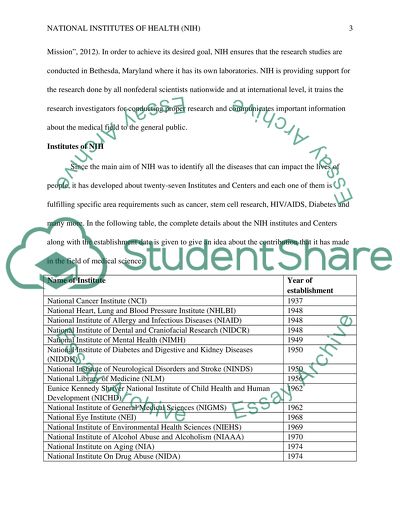Cite this document
(“National Institutes of Health (NIH) Research Paper”, n.d.)
Retrieved from https://studentshare.org/health-sciences-medicine/1402191-national-institutes-of-health-nih
Retrieved from https://studentshare.org/health-sciences-medicine/1402191-national-institutes-of-health-nih
(National Institutes of Health (NIH) Research Paper)
https://studentshare.org/health-sciences-medicine/1402191-national-institutes-of-health-nih.
https://studentshare.org/health-sciences-medicine/1402191-national-institutes-of-health-nih.
“National Institutes of Health (NIH) Research Paper”, n.d. https://studentshare.org/health-sciences-medicine/1402191-national-institutes-of-health-nih.


